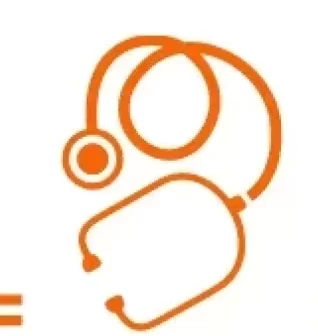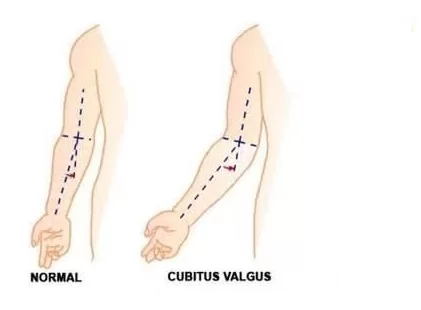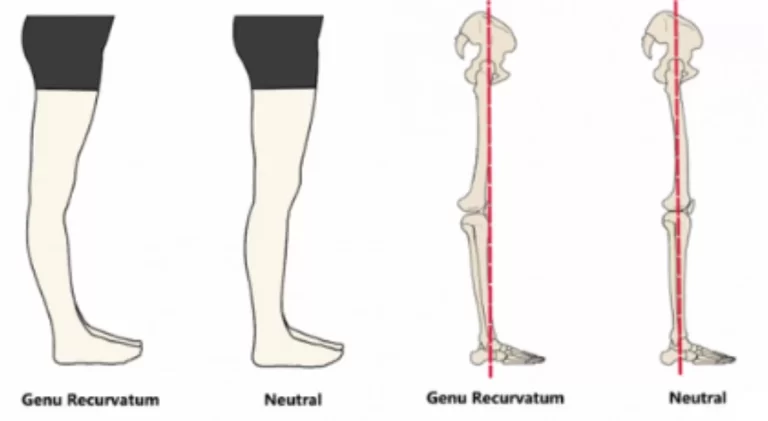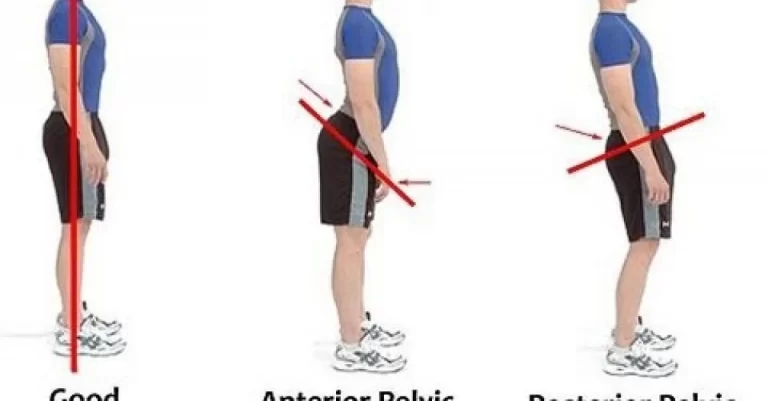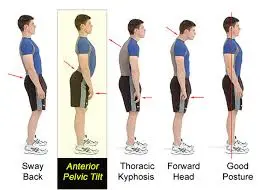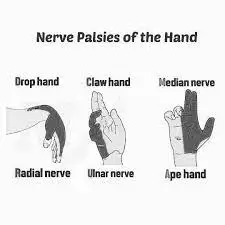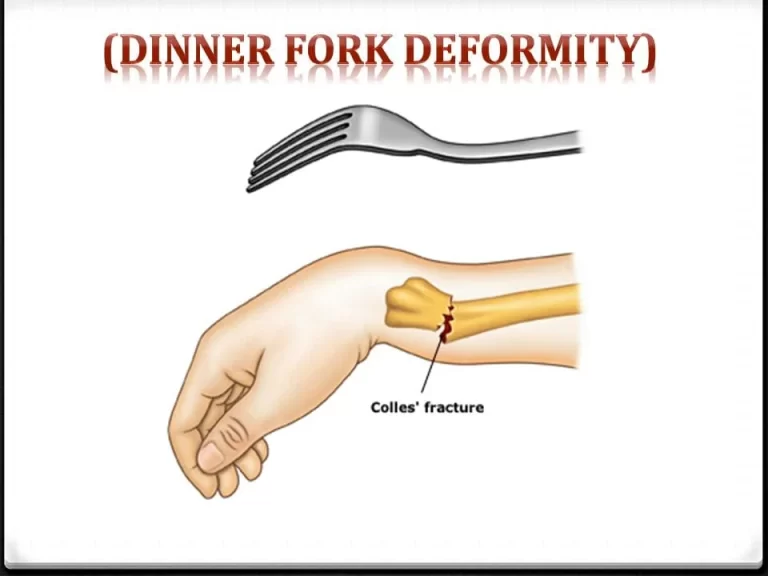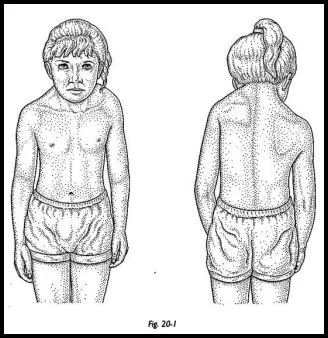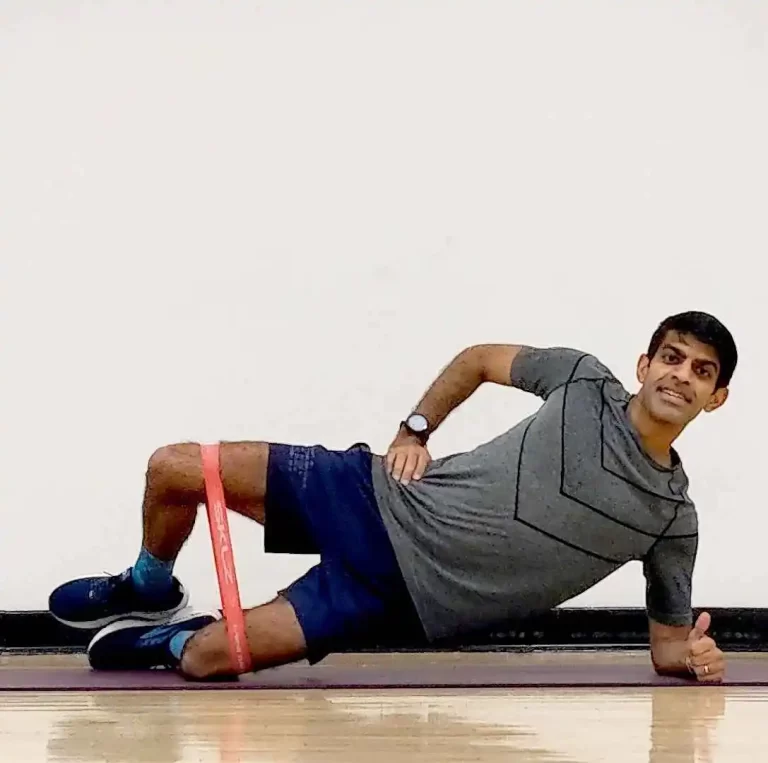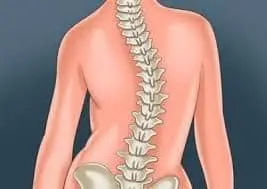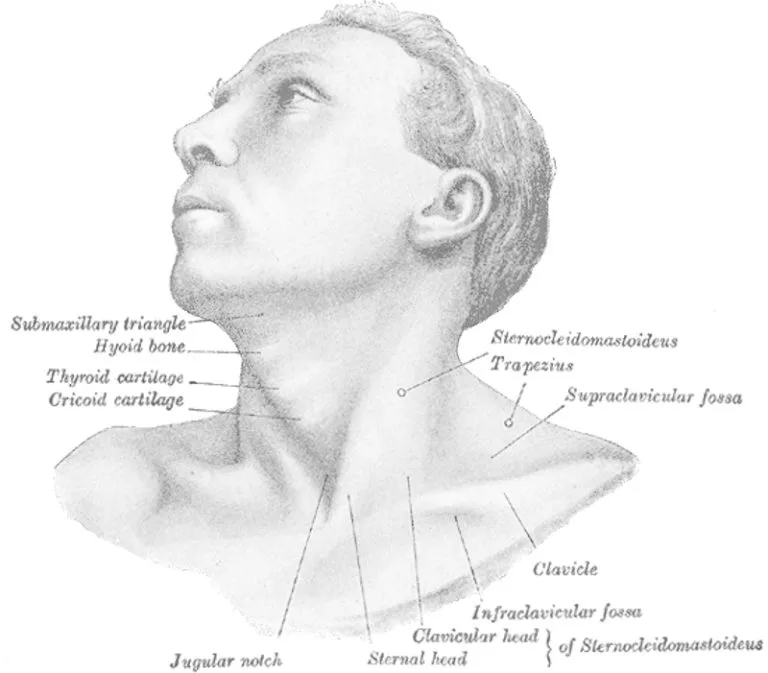Cubitus Valgus Deformity
Cubitus valgus deformity is a medical condition characterized by an abnormal outward angulation of the extended forearm in relation to the arm, typically measured in the frontal plane. What is a Cubitus Valgus Deformity? When the forearm is completely extended, it is inclined away from the body more than usual due to a medical condition…
